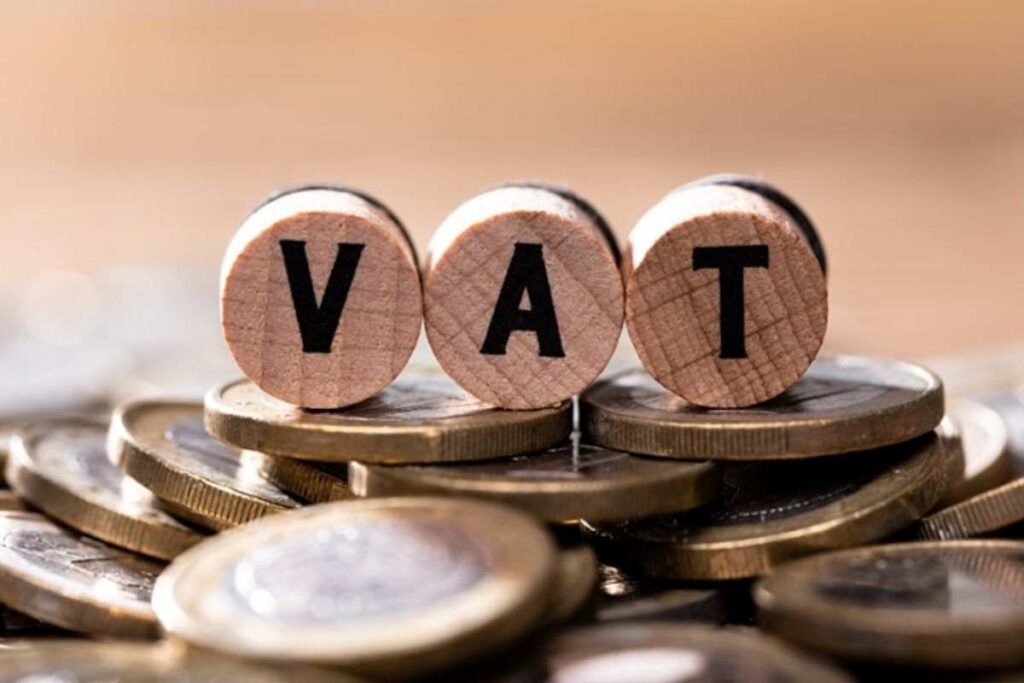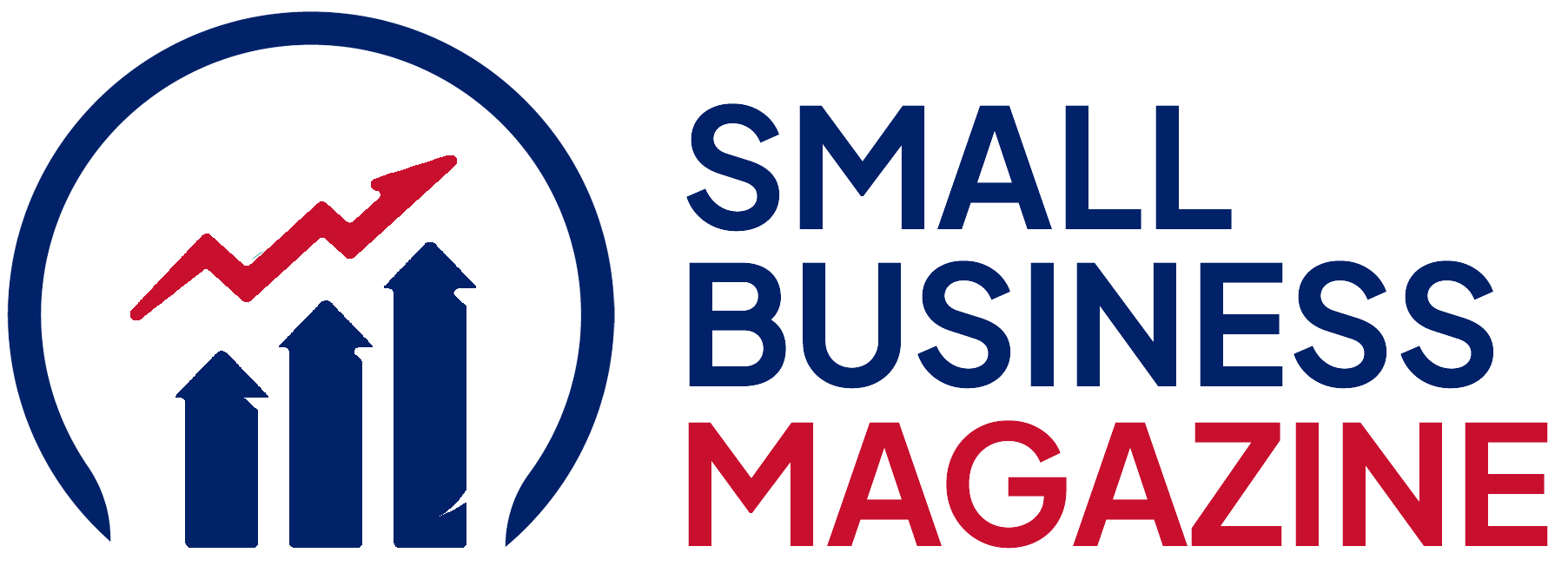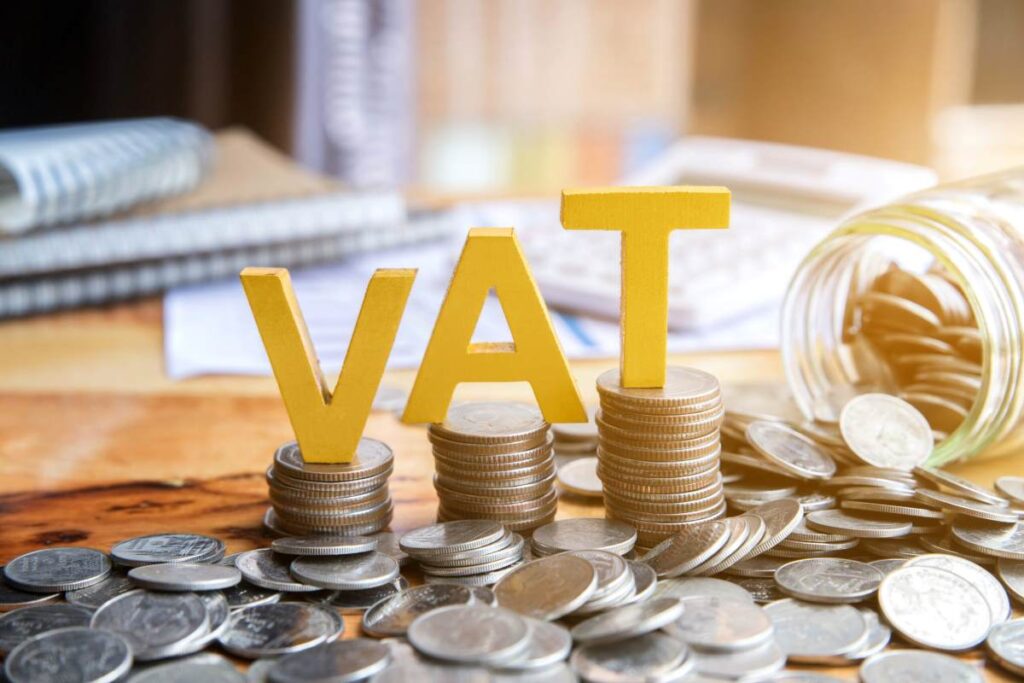Going through the VAT registration process may be daunting for small businesses.
Whether you are a supplier and you supply goods or services it is essential to understand how to charge VAT as well as finally pay the amount to HMRC.
The unreliability of how to do VAT registration caused you stress. When starting a business in the United Kingdom, you must take VAT into deliberation.
The precise storyline involves the business owners completing the registration process.
Understanding the VAT process and its intimation is essential for any business owner.
This guide offers an overview of the registration to VAT process. So let’s dig into the article.
What is VAT?

Value Added Tax or VAT is a tax levied on the sale of goods and services. Businesses must charge VAT on taxable supplies and can reclaim VAT paid on business supplies received.
What is VAT registration?
If you are looking to start a business in the UK or are already running your business, it is essential to understand VAT. VAT is a tax that is imposed on goods and services in the UK.
VAT registration includes the registration of your business with a government to show it is vital in making and selling goods or services as well as collecting and paying value-added tax.
Once you register your business, now business is legally needed to charge value-added tax on their sales, which is called output tax, and reclaim VAT on their business-related purchases, which is called input tax.
The process to register for VAT
Here in this section, we have explained the step-by-step process to register for VAT, so you can follow the steps and register VAT for your small business:
- 1. Estimate your business revenue: Evaluate your business’s VAT-taxable revenue if you need to register for VAT. Use accounting software to track your sales as well as forecast future revenue.
- 2. Register your value-added tax: Register for VAT through HMRC’s online services. Ensures you have all the necessary business details and financial information.
- 3. Charge VAT on supplies or goods: Once registered, begin charging VAt on all taxable supplies. Use your accounting software to automate this process.
- 4. Reclaim VAT on business supplies: Reclaim VAT paid on business supplies by recording all VAT-inclusive purchases in your accounting system.
- 5. Maintain correct records: Keep detailed records of all financial transactions, invoices, and credit notes. This will facilitate accurate VAT returns and compliance with HMRC regulations.
- 6. Prepare and submit VAT returns: Use your accounting software to prepare and submit VAT returns. Ensure you transfer all relevant figures from your accounts to the VAT return.
- 7. Pay VAT due to HMRC: Pay any VAT due to HMRC by the due date to avoid penalties. Use your accounting software to keep track of payment deadlines and amounts.
How to get a VAT registration certificate
If you can’t find your VAT certificate, no need to worry.
Whether you have misplaced or lost your original VAT certificate or you just want to check that the details you have entered are correct, it is super easy to access your VAT certificate online.
- Log in to the HMRC website: You will need to use your government gateway user ID and password to log in to this site.
- Select to view your VAT account: You will see this on the first page of the HMRC website online services after you have logged in.
- Select the option to view the VAT certificate: You will then see your VAT details displayed, and you can print a copy or download it as a PDF.
Where to find the VAT registration number
Your VAT registration number is a unique identifier for your business and is required on all VAT invoices you issue. Here is where you can find it:
1. VAT registration certificate
The VAT registration number is prominently displayed on your VAT registration certificate. It usually consists of nine digits, sometimes followed by letters depending on your business type.
2. HMRC online account
If you registered for VAT online, you can find your VAT registration number by logging into your government gateway account.
Navigate to the VAT section, and you will find your VAT registration number listed there.
3. VAT invoice
Once registered, your VAT registration number should be included on all VAT invoices you issue. It is usually displayed near the top of the invoice along with your business details.
4. Correspondence from HMRC
Your VAT registration number will also be included in any official correspondence from HMRC regarding VAT.
Conclusion
VAT registration is an essential step for businesses reaching the turnover threshold or those who choose to register voluntarily.
After completing the registration, you will receive a VAT registration certificate that contains your VAT registration number, which must be used on all VAT-related documents.
Keeping this information handy and knowing where to find your VAT registration number is essential for compliance and smooth business operations.
So read the full guide and go through the steps of the registration process for VAT and more guidelines regarding VAT registration. So go ahead and register your business.

